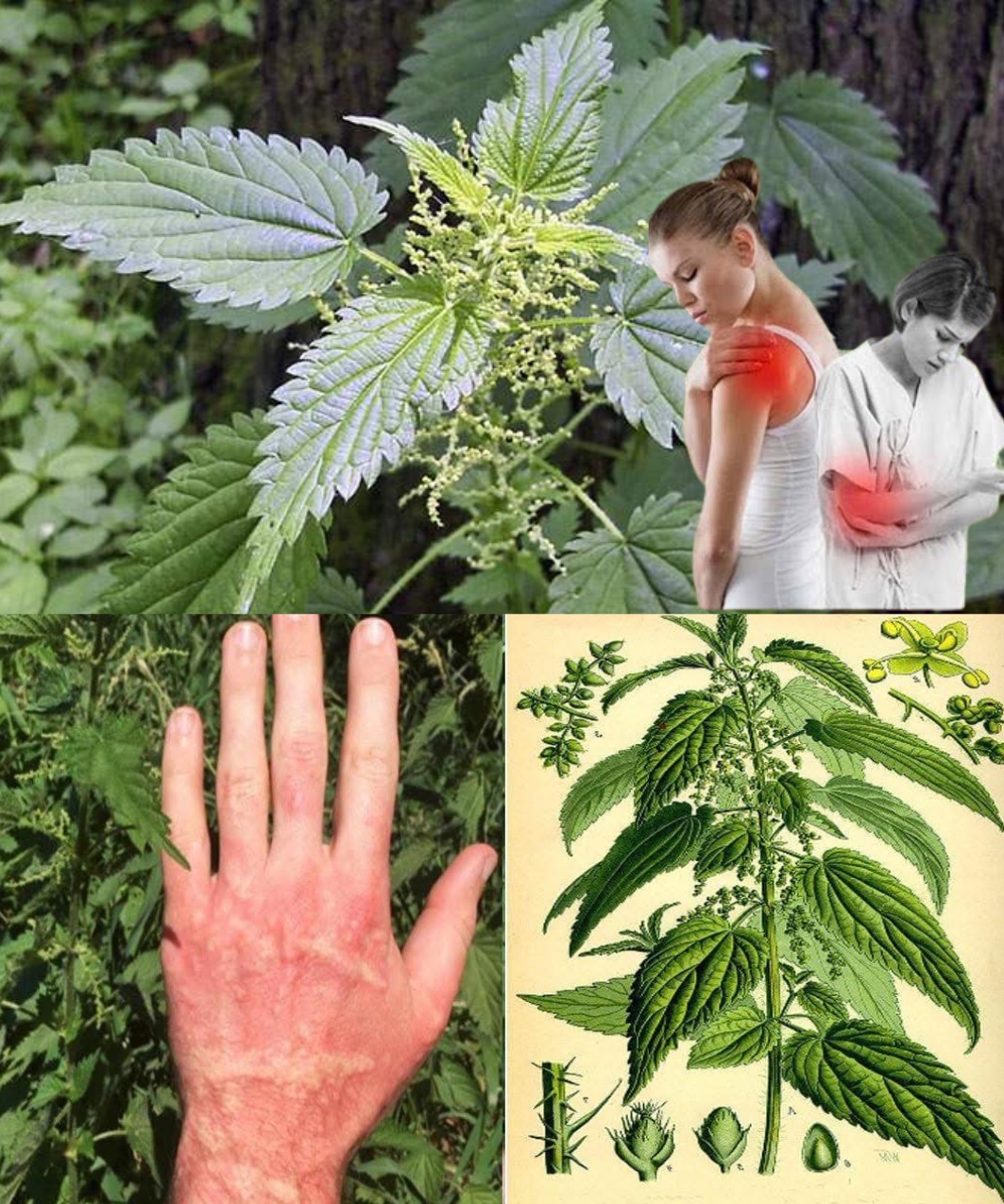ADVERTISEMENT
**Seeing This Plant Is Like Finding “Gold” in the Garden: Don’t Throw It Away – A Comprehensive Guide to a Miracle Herb**
When it comes to gardening, most of us aim to grow plants that bring beauty, fragrance, or perhaps a touch of color to our outdoor spaces. But every so often, a plant comes along that is not only beautiful but also surprisingly useful. One such plant, often dismissed as a weed or nuisance, is the **dandelion**. Many gardeners have often looked at these vibrant yellow flowers and thought they were a nuisance, something to be removed. However, this plant is far more than just a garden invader. It’s a treasure trove of health benefits, culinary delights, and sustainable gardening practices.
In this article, we will explore why seeing a dandelion in your garden can be likened to finding “gold” and how you can make the most out of this unassuming plant. From its medicinal uses to delicious recipes, we’ll guide you on how to incorporate this miracle herb into your life. So, before you grab your garden gloves and yank it out, take a moment to read on!
### **What is a Dandelion?**
The dandelion (**Taraxacum officinale**) is a flowering plant from the Asteraceae family, native to Eurasia but now widespread around the world. It has a distinctive appearance, with bright yellow petals and a signature puffball seed head that children love to blow. Though often considered a pesky weed in lawns, its roots, leaves, and flowers are all highly beneficial.
While dandelions have been used for centuries in various cultures for their medicinal properties, culinary versatility, and as a natural remedy for numerous ailments, they are frequently overlooked or even eradicated by gardeners trying to maintain pristine lawns. What most people don’t realize is that dandelions are packed with nutrients and offer a range of uses that make them far more valuable than any ornamental plant in your garden.
### **Nutritional Value of Dandelions**
Dandelions are highly nutritious, offering an impressive array of vitamins, minerals, and antioxidants. They are rich in:
1. **Vitamin A:** Dandelions are an excellent source of vitamin A, important for vision, immune function, and skin health.
2. **Vitamin C:** The leaves and flowers of dandelions contain a substantial amount of vitamin C, an essential nutrient for immunity and collagen production.
3. **Vitamin K:** This vitamin plays a key role in blood clotting and bone health, and dandelions contain a generous amount.
4. **Minerals:** Dandelions are packed with iron, calcium, magnesium, potassium, and phosphorus, making them great for maintaining bone and muscle health.
5. **Fiber:** The leaves and roots contain high amounts of fiber, which aid digestion and promote gut health.
6. **Antioxidants:** Dandelions are rich in flavonoids and polyphenols, compounds known to protect cells from oxidative damage and inflammation.
### **Medicinal Benefits of Dandelions**
Beyond being a culinary powerhouse, dandelions have a long history of use in traditional medicine. Here are some key medicinal benefits:
1. **Liver Health:** Dandelions have been used for centuries as a liver tonic. The plant’s bitter compounds may help stimulate the liver to produce bile, which assists in digestion and detoxification. Some studies suggest that dandelions could even aid in reducing liver damage caused by toxins.
2. **Digestive Health:** The high fiber content of dandelions helps to support the digestive system, promoting regular bowel movements and preventing constipation. Dandelions are also known to help soothe indigestion and bloating.
3. **Anti-inflammatory Properties:** Dandelions are rich in antioxidants, particularly flavonoids, that may help reduce inflammation in the body. They have been used to treat conditions like arthritis and to reduce the symptoms of inflammatory diseases.
4. **Diabetes Management:** Some studies have shown that dandelions may help regulate blood sugar levels. Compounds found in dandelion may aid insulin secretion and improve glucose metabolism, potentially supporting the management of diabetes.
5. **Rich in Antioxidants:** Dandelions are loaded with compounds that fight oxidative stress, which is a key player in many chronic diseases, including heart disease, cancer, and neurodegenerative disorders.
### **Culinary Uses of Dandelions**
While many of us are accustomed to plucking dandelions from our gardens and discarding them, these humble plants are actually packed with flavor and nutrients that can be incorporated into a wide range of recipes. Here are a few creative ways to use dandelions in your kitchen.
#### **1. Dandelion Salad**
One of the easiest and most common ways to enjoy dandelions is by using the young, tender leaves in salads. Dandelion greens are slightly bitter but provide a unique flavor, similar to arugula or endive. The bitterness can be balanced by combining them with other greens, such as spinach or lettuce, and topping with a tangy vinaigrette.
**Ingredients:**
– Fresh dandelion greens (young leaves)
– Cherry tomatoes, halved
– Red onion, thinly sliced
– Avocado, sliced
– Roasted nuts (walnuts, almonds, or pecans)
– Lemon vinaigrette (olive oil, lemon juice, Dijon mustard, honey, salt, and pepper)
For Complete Cooking STEPS Please Head On Over To Next Page Or Open button (>) and don’t forget to SHARE with your Facebook friends
